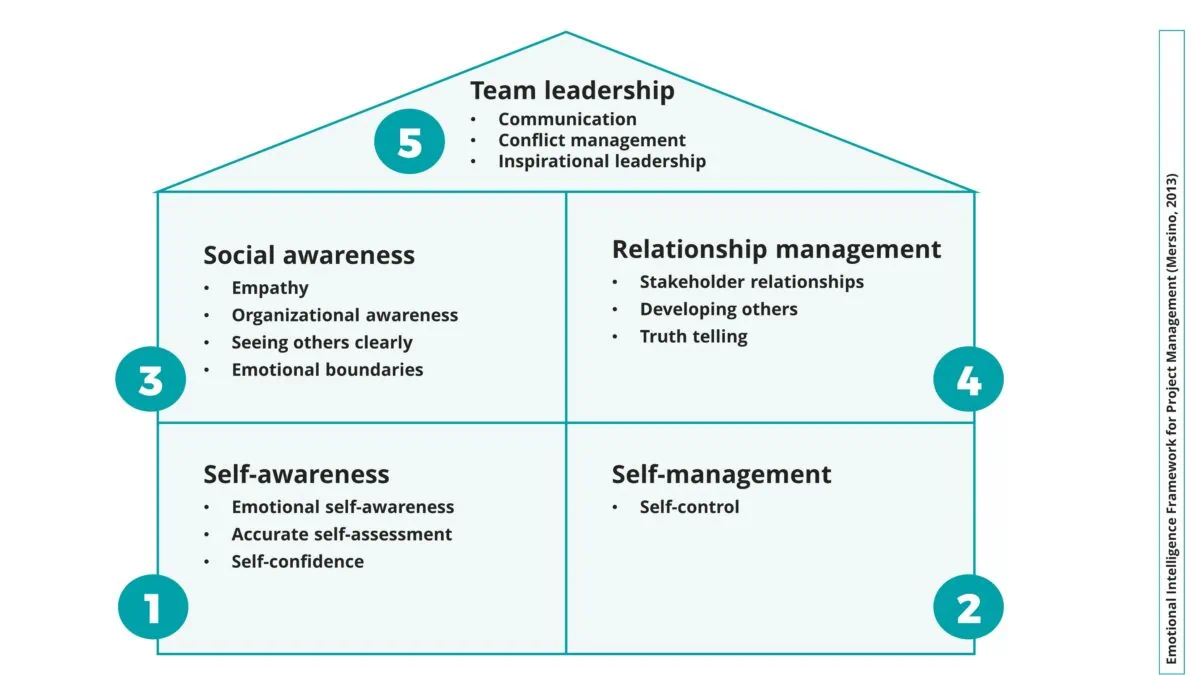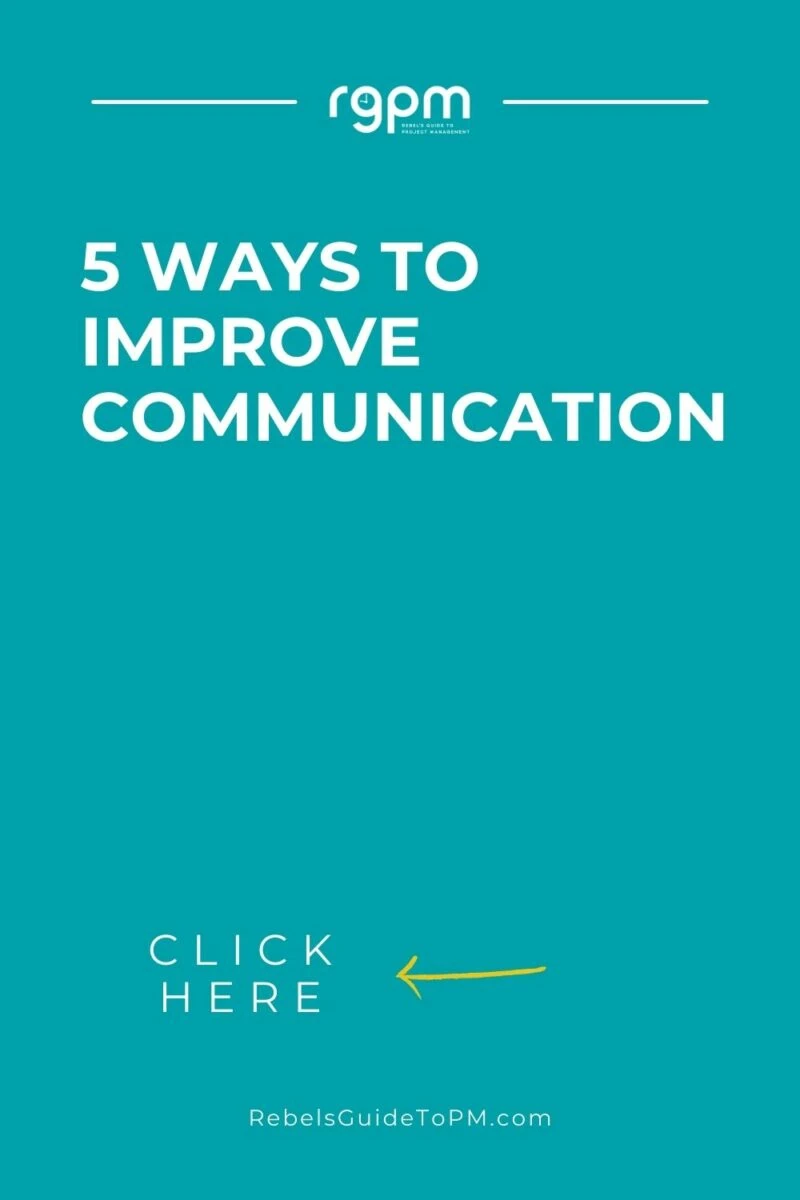5 Ways to Improve Communication
Effective communication is the backbone of any business because it means your team can collaborate with each other, understand customer needs, convey information, and support your credibility as a brand.
Some people seem naturally good at communication in a project setting, but even if you don’t feel confident in your ability, communication skills are definitely something you can develop and improve over time.
Being good at comms is partly about being aware of how we can communicate consciously and unconsciously, but also having the right tactics and tools. Here are 5 ways you can improve your communication skills.
1. Listen before you communicate
Active listening is one of the most important techniques to use if you want to improve your communication skills.
The problem is that in any business environment, there is a distinct lack of active listening. Don’t let that be you.
(Are you reading this blog post while you are supposed to be in a meeting? Close the window now and focus on what you are supposed to be doing!)
There are four key components of active listening:
- Paying attention (this is the hardest part I think! Put your phone down!)
- Understanding what is being said
- Responding appropriately and with emotional intelligence
- Remembering what is being said.
Think about focusing on the speaker and asking clarifying questions to stay engaged in what other people are saying. Provide feedback (uh huh, nodding, paraphrasing what has been said) to demonstrate that you’ve understood what is being asked.
Make sure that you face the speaker, watch out for non-verbal cues, hold back from interrupting, don’t judge or jump to conclusions. Yes, it’s a lot to do. The more you do it, the easier it will become, and it’s all about managing your attention and choosing to focus it on the conversation you’re having right now.
Active listening is so important because it doesn’t just make the conversation flow effortlessly, but it instantly builds trust. We’ve all been in a conversation where we’ve dipped out for a few seconds and then someone asks a question and we hedge while we try to work out what we missed.
Be conscious of where your attention is, and practicing active listening by sticking to these four components of concentrating, understanding, responding, and remembering.

2. Use your tools effectively
We have a myriad of tools available to us for communication purposes. From MS Teams to Slack,
For example, you’ve probably used a chat bot on a website before to get customer service help, and many tech projects involve rolling out AI-powered web bots or asynchronous ‘live’ chat with a real agent.
If you have a question that fits into one of the automated ‘journeys’ in the chat bot, you can get an answer quickly and efficiently (and sometimes frustratingly, let’s be honest!). If you use the bot to connect to a human, that human has very little time to build a rapport with you as you’ve already been in the communications process for some time.
Whatever tool you are using for text-based conversations, think about how you can set up template responses, mirroring the language the other person is using, playing back the key points in bullet points, clarifying the question – all techniques you would use in a spoken conversation.
Think about how tools reduce the noise in conversation or conversely, increase it.
For lots more about setting up team communications in your tools, take a look at my book, Collaboration Tools for Project Managers.
3. Practice empathy and emotional intelligence
Empathy is about understanding somebody’s viewpoint or reasons – walking a mile in their shoes. When empathy is low, it can lead to misunderstandings, and the other person feeling like they haven’t been received in a compassionate way.
Empathy is partly about active listening, but it’s also about tuning into nonverbal communication, reading body language, asking others how they feel, and allowing people to express themselves completely without interruption. It’s almost a fast-track to trusted working relationships if you get it right.
Culture affects communication too, so consider what cultures you have in the team and how they are playing into how you engage with each other. Different departments can have different working cultures.
Developing emotional intelligence helps you tune into other people’s feelings, and your own, so you can more sensitively respond to a situation. The goal is to get a better response from the communication, whether that is for the person to take action or to provide a status update or whatever. The more we can anchor ourselves in the situation and respond appropriately, the more likely it is that we can elevate the performance of our colleagues too.

4. Watch for non-verbal cues
I mentioned non-verbal cues above, but what are you looking for exactly?
Look out for lack of eye contact, fidgeting, eye rolling, being on their phones or otherwise signaling that they are importantly busy. These paraverbal communication clues would point to the person not wanting to be there.
People getting up and leaving the room might signal you’ve been going on too long and they need a comfort break.
Someone opening their mouth and closing it again, or sitting forward, might signal that they want to speak but are struggling to get into the conversation – as the facilitator you can create an opening for them.
Spotting the non-verbal cue is only the start. Then you have to decide what to do with that information. Do you call out the manager on his phone? Do you call a break? Do you gently find a way to stop the people who are taking all the air time and let quieter members of the group speak?
5. Be clear and concise
Finally, think about how you can make your communication clear and concise.
Stick to the point – which means you have to know what it is first!
Listen for the filler words (so, er, um) that you put into your everyday speech. Do you repeat the points several times in different ways (I do). Clarity is about minimizing the number of ideas so people can understand your meaning and you engage stakeholders effectively.
Minimize the amount of assumptions people have to make about what you are saying, preferably down to zero. Structure your message so the important points are at the top and you aren’t burying the lede. Ditch the
Project professionals spend almost all their days communicating, whether that’s in writing short message, in meetings or in presentations. The clearer and more effective your communication, the better your overall project results will be. Plus, you’ll look good, and you’ll come across like the safe pair of hands that your project sponsor needs you to be.
The bottom line
Improving your communication skills is not that hard if you really want to. Be prepared to use your attention where it’s most needed, and really listen to what’s going on around you. I find making notes during the conversation helps, even if there is no need to send out minutes.
Focus on your internal customers and make communication a conscious part of your day, not something you do while you’re also doing something else. You can do it!

